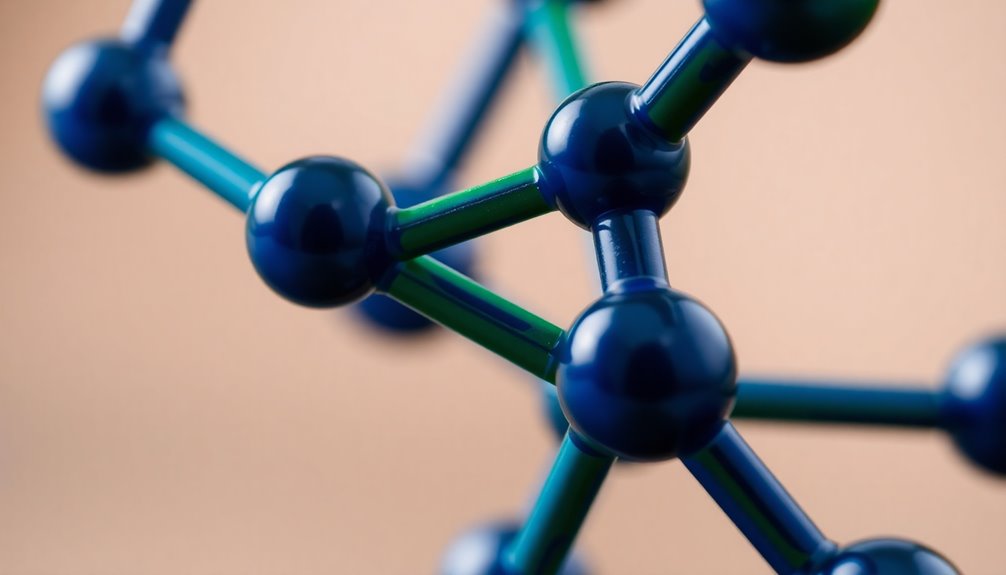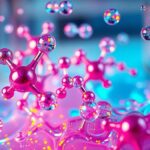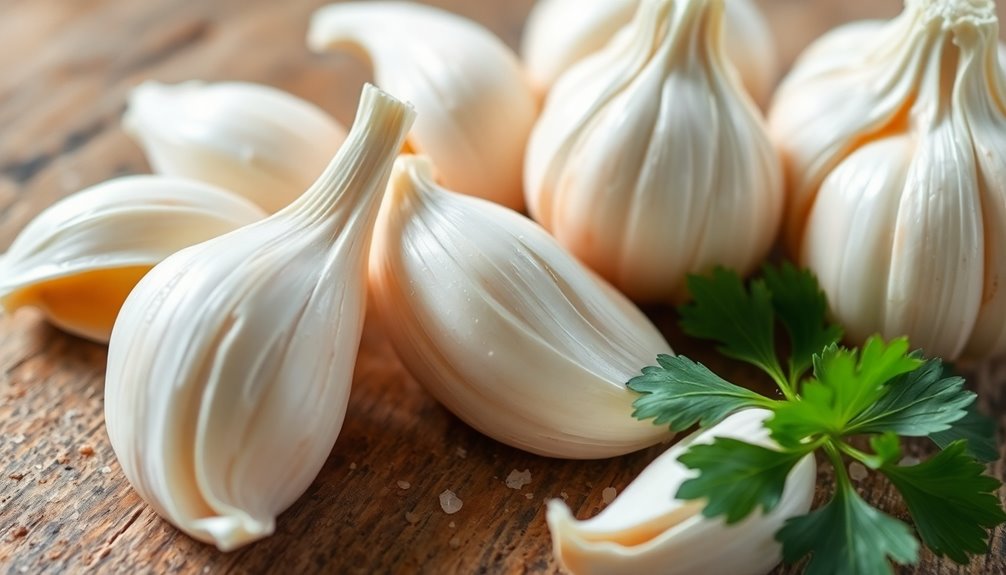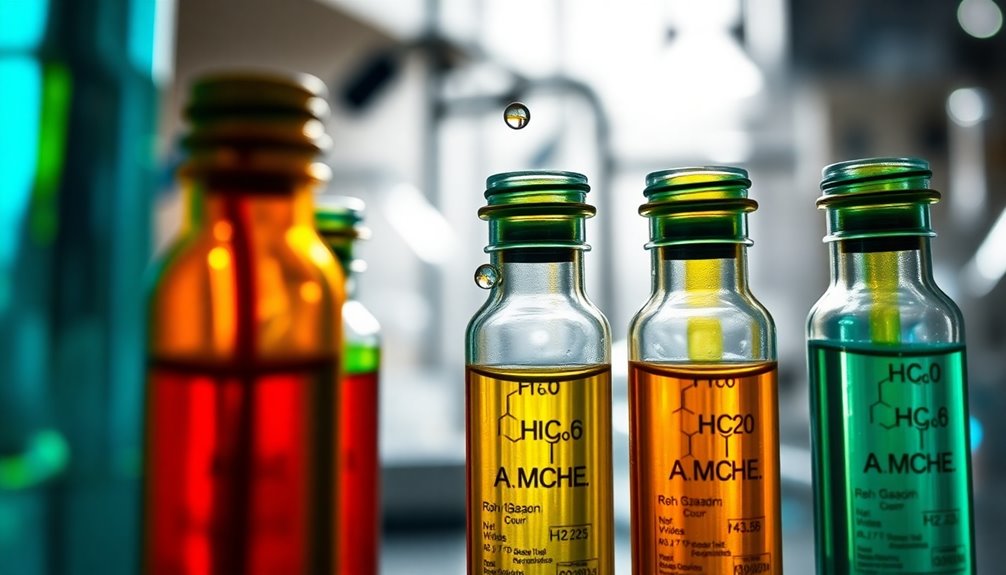Yes, an aromatic ring is a functional group in organic chemistry. It features a unique cyclic structure with alternating double bonds, which gives it resonance stability. This stability makes aromatic compounds less reactive compared to non-aromatic ones. When you encounter an aromatic ring, it is crucial to note how substituents can influence its chemical behavior. For instance, some reactions favor electrophilic substitution over direct addition. This distinct behavior sets aromatic rings apart from other functional groups. If you explore further, you'll discover more fascinating details about the properties and applications of aromatic compounds.
Key Takeaways
- Aromatic rings are indeed classified as functional groups in organic chemistry due to their unique cyclic structure and reactivity.
- The resonance stabilization in aromatic rings distinguishes them from other functional groups, enhancing their stability and reactivity patterns.
- Electrophilic substitution reactions are characteristic of aromatic compounds, which is a defining feature of their functional group behavior.
- Substituents on aromatic rings can significantly influence their electronic properties and direct further chemical reactions.
- Understanding aromaticity and its implications is crucial for studying the behavior of aromatic functional groups in various applications.
Understanding Aromatic Rings
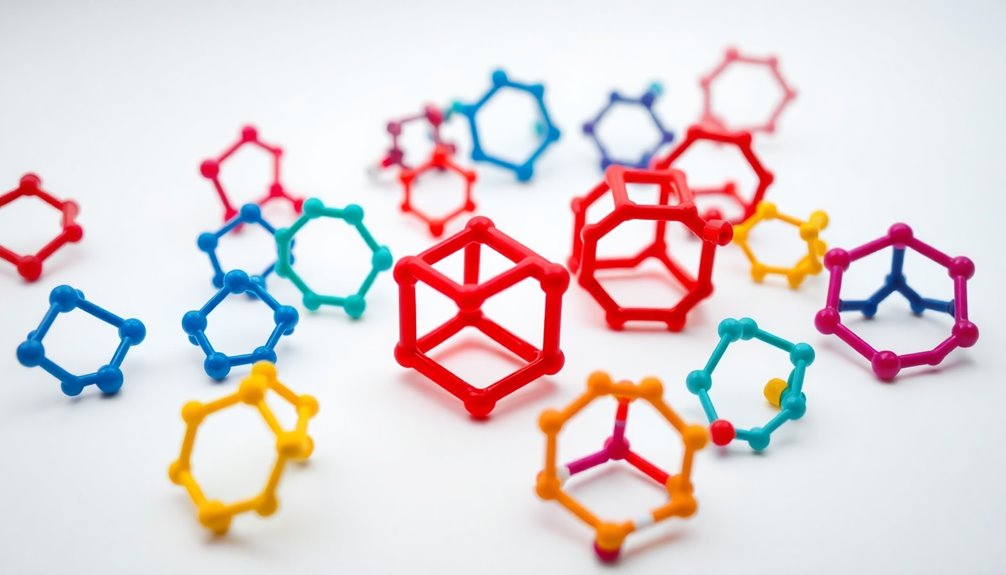
Aromatic rings are fascinating structures in organic chemistry, known for their unique properties and stability. The simplest aromatic compound, benzene, features a cyclic, planar structure with six carbon atoms and alternating single and double bonds, which provide resonance stabilization. This characteristic enhances the stability and alters the reactivity of compounds compared to non-aromatic ones.
When you encounter substituted aromatic compounds, like toluene or phenol, you'll notice that the attached functional groups greatly influence their chemical properties. Aromatic compounds primarily undergo electrophilic substitution reactions, allowing substituents to occupy ortho, meta, or para positions based on existing groups.
Understanding these elements helps you appreciate the complexity and versatility of aromatic rings in various chemical contexts.
Characteristics of Functional Groups

Functional groups are pivotal in determining the chemical behavior of organic compounds.
An aromatic ring, recognized as a functional group, features a cyclic structure with alternating double bonds. This unique arrangement provides resonance stability, making aromatic compounds less reactive than alkenes. Instead of adding directly to double bonds, they undergo electrophilic substitution, allowing for the easy introduction of various substituents.
These substituents greatly influence the electronic properties of the aromatic ring, directing further substitutions to specific positions—ortho, meta, or para.
To meet Hückel's rule, an aromatic compound must maintain planarity and contain a specific number of π electrons, reinforcing the aromatic ring's essential role as a functional group in organic chemistry.
Aromaticity and Reactivity

The stability provided by resonance in an aromatic ring greatly influences its reactivity. This unique aromaticity allows for delocalization of π electrons, making aromatic compounds less reactive than alkenes.
Instead of undergoing addition reactions that would disrupt this stability, they prefer electrophilic substitution reactions. The presence of substituents on an aromatic ring can greatly impact its reactivity and orientation in these reactions through directing effects, which are typically ortho, meta, or para.
Understanding these factors is essential since they dictate how new substituents will interact with the aromatic ring. Ultimately, the remarkable stability of aromatic compounds shapes their behavior in various chemical processes, making them integral to many applications in organic chemistry.
Applications of Aromatic Compounds

Numerous applications showcase the versatility of aromatic compounds across various industries.
In textiles, synthetic dyes derived from these compounds offer enhanced color stability and vibrancy.
Toluene, an aromatic compound, serves as an effective industrial solvent, dissolving a wide range of substances with minimal reactivity.
The pharmaceutical industry relies on aromatic compounds for drug development, as many active ingredients possess aromatic rings that influence their biological activity and solubility.
Additionally, these compounds are essential in creating fragrances and flavoring agents, where their unique chemical properties enrich scent and taste profiles.
Environmental chemistry also examines aromatic pollutants like polycyclic aromatic hydrocarbons (PAHs), which pose significant ecological risks due to their persistence and potential toxicity.
Distinction From Other Functional Groups

While many organic compounds feature distinct functional groups, aromatic rings stand out due to their unique stability and reactivity. An aromatic ring, like benzene, exhibits aromaticity, which results from resonance and delocalized electrons.
This cyclic structure differentiates it from aliphatic functional groups, which typically engage in addition reactions. Instead, aromatic compounds mainly undergo electrophilic substitution reactions, showcasing their unique reactivity.
The presence of substituents on an aromatic ring can greatly influence its stability and reactivity, directing new substituents based on electron-donating or withdrawing effects.
This intricate balance between structure and function makes aromatic rings a separate class of functional groups in organic chemistry, emphasizing their distinct behaviors compared to other organic compounds.
Frequently Asked Questions
What Is the Functional Group of an Aromatic Ring?
When you look at an aromatic ring, you're seeing a unique structure with a series of alternating double bonds and delocalized electrons.
The functional groups attached to this ring, like -OH or -NH2, can greatly influence the compound's reactivity and properties.
These substituents interact with the aromatic system, leading to interesting chemical behavior.
Understanding how these groups work with the aromatic ring helps you predict how the entire molecule will react in various situations.
Are Aromatics Functional Groups?
You might wonder if aromatics are functional groups. While they share some traits with traditional functional groups, like influencing reactivity, they don't fit neatly into the standard definitions.
Aromatic rings, like benzene, have unique properties that affect how molecules behave, but they're not classified as traditional functional groups such as hydroxyl or carboxyl.
Instead, they play an essential role in the chemistry of organic compounds, impacting their classification and reactivity.
Is Aromantic Considered a Functional Group?
You might wonder if aromatic compounds are considered functional groups.
While they don't fit the traditional definition like hydroxyl or carboxyl groups, their unique cyclic structure and delocalized electrons give them special reactivity and stability.
Aromatic rings influence the behavior of molecules, participating in various chemical reactions.
What Are the 7 Functional Groups?
The seven primary functional groups in organic chemistry are hydroxyl, carboxyl, amino, carbonyl, ester, aldehyde, and ketone.
You'll find hydroxyl groups in alcohols, which makes them polar and water-soluble.
Carboxyl groups give carboxylic acids their acidic nature.
Amino groups contribute basicity, essential in proteins.
Carbonyl groups are key to aldehydes and ketones, with aldehydes having it at the chain's end, while ketones have it within the chain.
Conclusion
In summary, while aromatic rings aren't typically classified as functional groups, they play a vital role in organic chemistry. Their unique stability and reactivity can lead to a variety of compounds with diverse applications. Did you know that over 40% of all pharmaceuticals contain aromatic structures? This highlights their importance in medicine and industry. So, understanding aromatic rings can deepen your appreciation for their impact on both science and everyday life.

